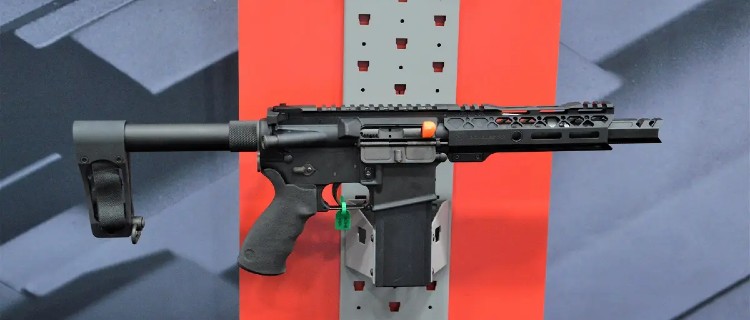The AR-15 platform, originally designed by Eugene Stoner in the late 1950s, has undergone numerous transformations over the decades, adapting to the ever-evolving needs of firearm enthusiasts and professionals alike.
Among the most popular transformations was the emergence of the AR pistol variant, which capitalized on the platform’s versatility and inherent adaptability.
While the AR-15 rifle has its roots in military applications, the AR pistol has carved out its niche in the civilian market, offering a compact and powerful alternative to its longer-barreled brethren.
But to truly appreciate the AR pistol’s significance, one must delve into its origins and the factors that led to its rise in popularity.
You see, AR pistols aren’t as new as you might think. The 1970s saw the introduction of the Gwinn/Bushmaster 5.56mm NATO “Armpistol,” a precursor to modern AR pistols.
This innovative design, though not as refined as today’s models, showcased the potential of a compact firearm built on the AR platform. Interestingly, the Gwinn/Bushmaster was initially designed with aircraft pilots in mind, providing them with a powerful yet compact firearm that could be easily stored in tight cockpit spaces and used in emergency situations (and much more capable than Ithaca M6.)
The legal landscape, especially the National Firearms Act (NFA) and its implications on short-barreled rifles, further shaped the development and adoption of AR pistols. The introduction of stabilizing braces, like the SIGTac SB15 by Sig Sauer in 2013, revolutionized the AR pistol market, offering enhanced single-handed performance without the legal complications of a rifle stock.
In this comprehensive guide, we’ll explore the technical nuances, historical developments, and practical applications of AR pistols. From barrel linings to bolt carrier groups, and from the direct impingement system to gas-piston systems, we aim to provide a holistic understanding of this fascinating firearm variant, ensuring both novices and experts gain valuable insights.
